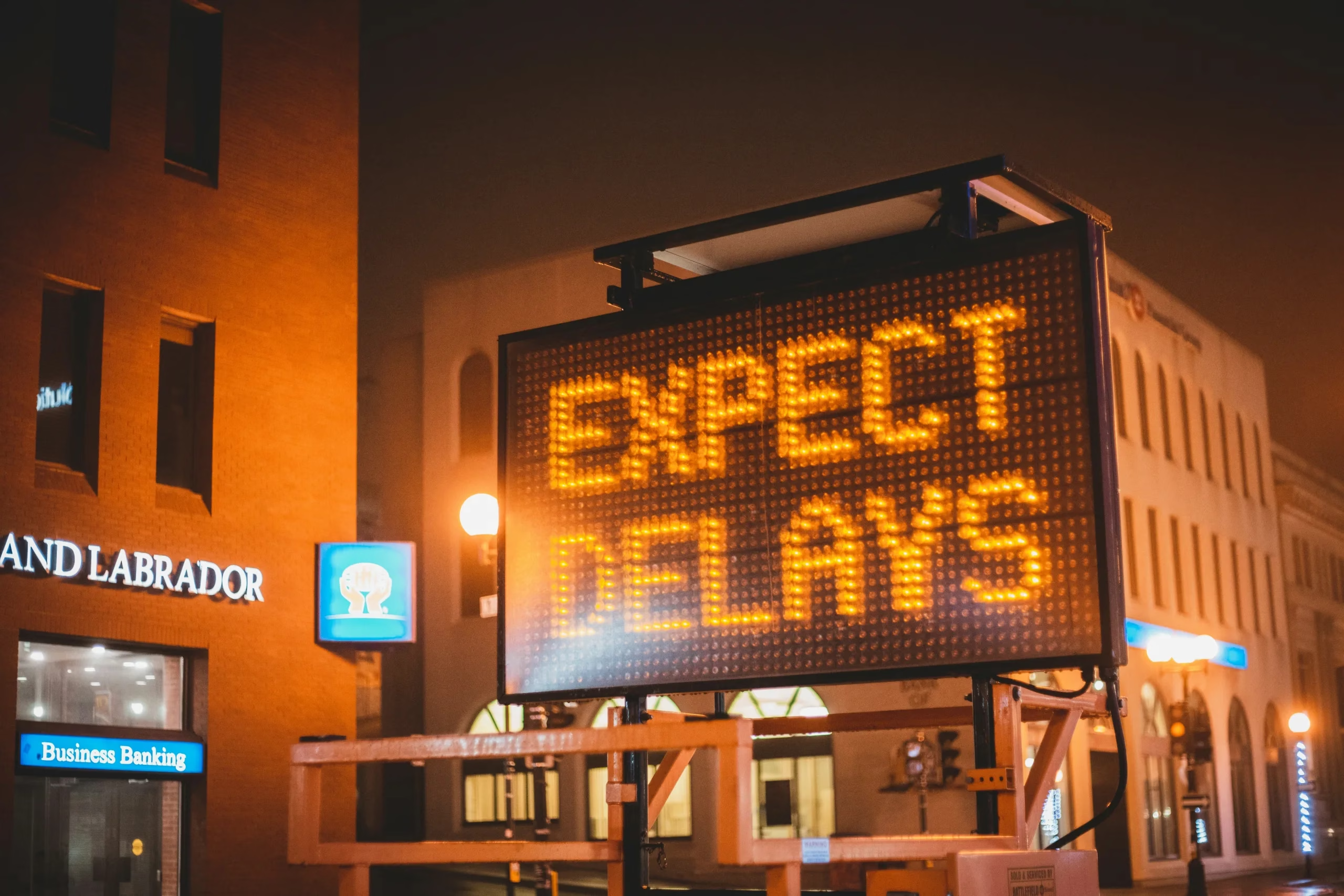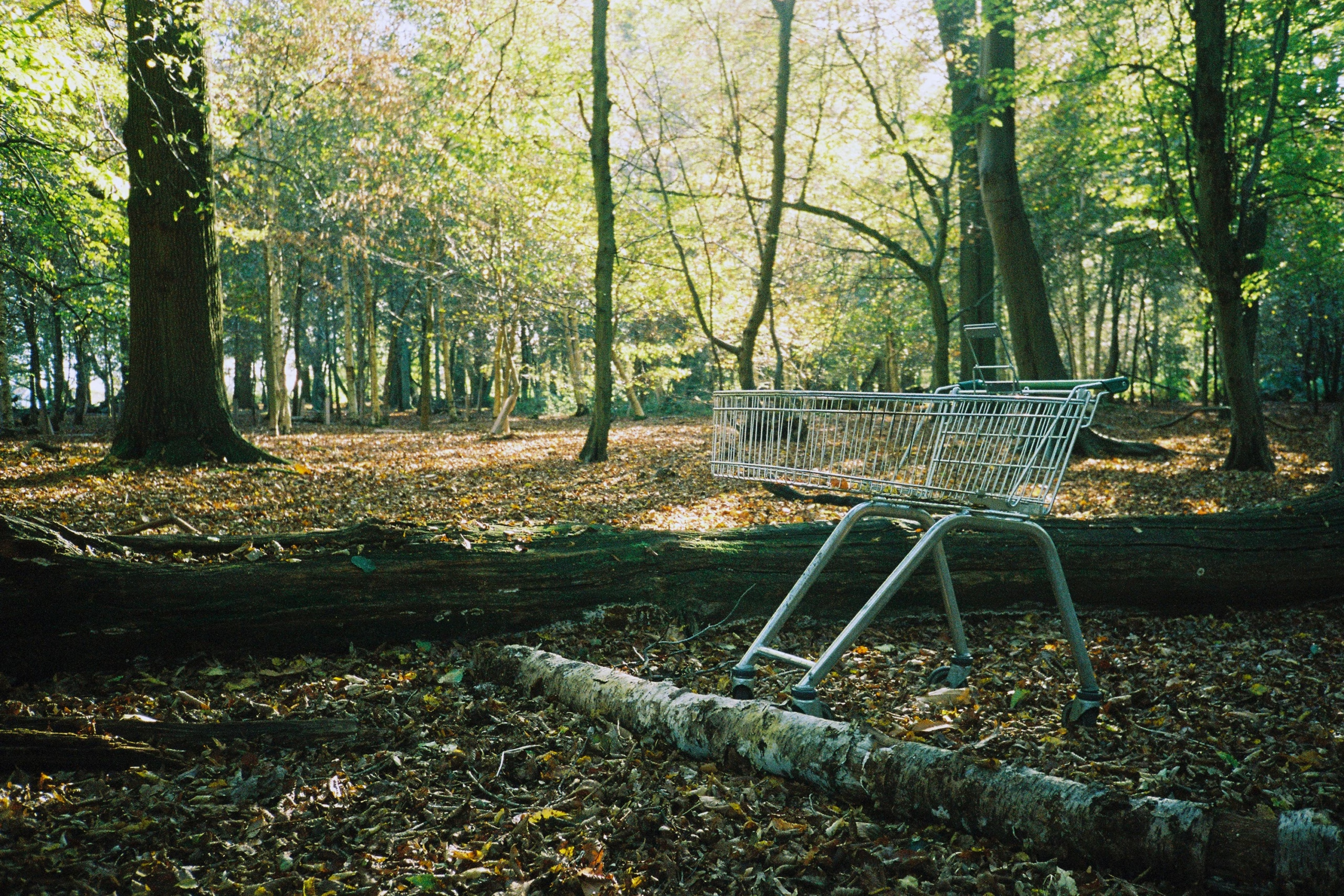While the act of tossing away a piece of trash is utterly instinctive for us, disposing of recyclable materials takes a little more thoughtful effort up front, and a lot more planning behind the scenes. But the record established by the recycling industry proves the benefits to the economy and the environment are entirely worth it. While there are many challenges to its successful expansion, there are as many solutions that offer tremendous economic and environmental benefits.
Making a Mole Hill Out of a Mountain
Americans generated 292 million tons of trash in 2018—the last year for which the EPA makes its data available. Of that massive amount of waste, we recycled 69 million tons and composted 25 million tons of it. About 18 million tons of food waste were separately diverted from landfills. It’s a daunting amount of disposal that wends its way through our sorting systems and requires ever-larger patches of landfill—a challenging situation in the extreme, but one that offers myriad solutions.
To help visualize the situation, consider that a mighty U.S. aircraft carrier weighs about 100,000 tons; our waste output is equal to 2,920 aircraft carriers per year—about 1 carrier every three hours. Now consider that we have managed to recycle—or rescue, let’s say—690 of those aircraft carriers. Sounds like a success story, right?
Experts have analyzed the recyclable component of those 292 million tons of collected waste and found it contains closer to 210 million tons of recyclable material. The 69 million tons we capture, which seems impressive, is just a small portion of what could be retrieved. Our lack of diligence allows tens of billions of dollars of economic benefit to flow straight into the ground – literally like burying money—and highlighting our glaring recycling challenges and the need for better solutions.
Our task now is to quickly and efficiently close the gap between our current performance and the ideal level of diversion. Government and the private sector need to collaborate on deploying the tools and systems necessary to properly collect and process our recyclable materials, and then support a robust marketplace in which those materials can be sold and traded.
Society’s Waste is a Growth Industry
The precise economic benefits of a robust recycling system are well-documented by the EPA. Its national Recycling Economic Information (REI) Study in 2020 analyzed the numbers of jobs, wages and tax revenues attributed to recycling and discovered that recycling and reuse activities annually account for 681,000 jobs which pay $37.8 billion in wages and generate $5.5 billion in tax revenues…from trash, just to be clear.
Exploiting the recovery potential of our waste could help create more than a million jobs, inject $75 billion dollars in wages into the economy, and general $11 billion in tax revenues to support public services or delay the need for tax increases. These incentives provide more than enough inducement to rally all the interested parties to seek a solution to this very lucrative challenge.
The old adage that one person’s trash is another person’s treasure should be updated to all of our trash is everyone’s treasure trove.
Climate Exchange
Expanding our recycling capabilities isn’t just a money-maker, it’s a climate-saver as well. According to the EPA, America’s recycling efforts averted more than 213 million tons of carbon dioxide equivalent gases entering the atmosphere in a year. How so?
It’s almost always more efficient to reuse existing materials than mine, drill, deforest, mill or refine materials to create a virgin batch. Avoiding the activities of that primary manufacturing cycle reduces energy consumption, transportation needs, and other activities involved in making those products.
Primary fabrication can often entail waste products that have to handled, sorted and disposed of as well, which is avoided in many recycling scenarios. And there are also savings from not having to landfill so much consumer waste.
Steps that Impress
So, what could we do better to be able to take advantage of these golden opportunities? It’s been conclusively shown that states offering deposit return programs on beverage containers have a substantially higher recycling rate than states that don’t—almost at a 2-to-1 advantage. Even for materials like cardboard/paper that don’t have the rebate on them. The fact that recycling is rewarded on some products creates a public sensitivity to the importance of doing it with all possible products.
Since only 10 states and Puerto Rico currently have such programs, the prospect of vastly increasing recycling rates in the other 40 states is an irresistible opportunity. Adding the recyclable materials currently being buried in these low-attainment states could vastly increase the available stocks of aluminum and glass for closed loop recycling, and paper fibers for downcycled products for 5-6 more reuses. All these recovered supplies could displace the virgin materials that would have to be ordered in their absence.
When the Solution is Less Pollution
Nobody would ever empty their wallet into a trash bin before dragging it to the curb, but that’s essentially what’s happening in non-recycling jurisdictions. Materials with high value get tossed away with the same result. According to a recent study, just 30% of American households have access to curbside recycling services–the most efficient and likely method to induce recycling habits. This is clearly a major challenge. There is a larger overlay of households with access to drop-off recycling, but this sort of inconvenient and periodic system is more of a challenge than a solution.
In its draft National Recycling Strategy, the EPA recommends three core improvements to expand successful resource recovery.
- Reduce contamination in the recycling stream: prevent the loss of useful material due to cross-contamination from waste that shouldn’t be in the same bin.
- Increase processing efficiency: upgrade the resource separation facilities to more accurately separate recyclables at a faster rate.
- Improve markets: provide assistance to help boost market attention to the availability of these materials at competitive prices and low environmental impacts.
Perhaps if people saw their current practice more as money disposal than trash disposal, the present imbalance wouldn’t be so glaring. This simple act of placing aluminum cups and cans, glass bottles, cardboard boxes and copy paper—even PET bottles, into a separate bin would yield tens of billions of dollars in benefits. It seems like an easy solution to embrace.




